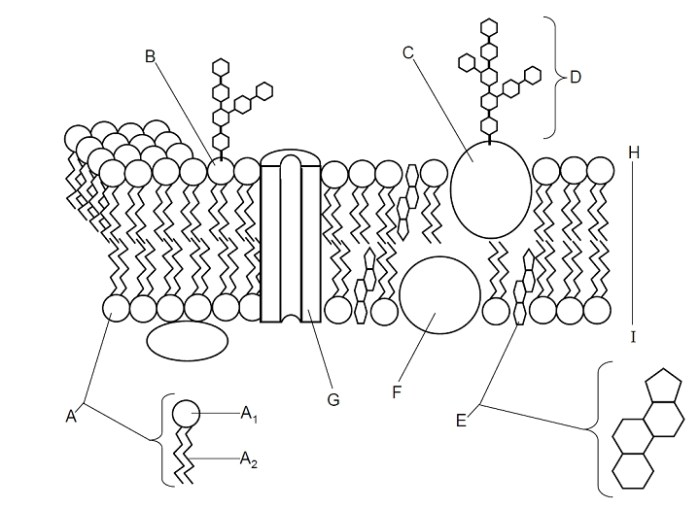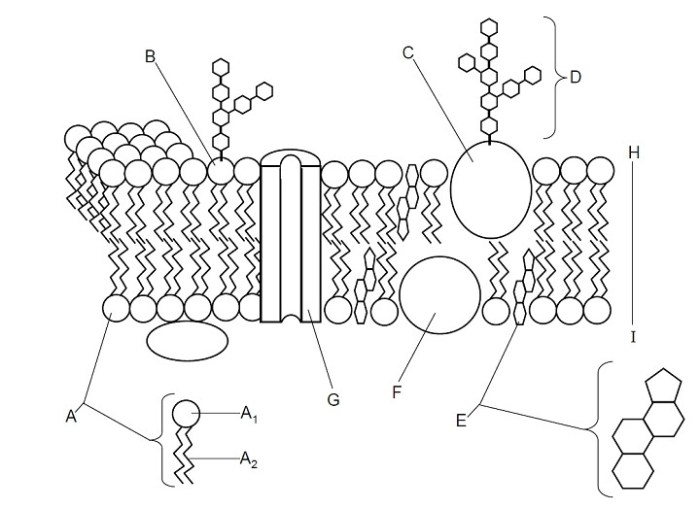The Cell Membrane and Transport Coloring Worksheet is an engaging and interactive resource designed to facilitate a comprehensive understanding of the structure and function of the cell membrane. This worksheet provides a hands-on approach to learning, allowing students to visualize and explore the intricacies of cell membrane structure and the various mechanisms involved in cell membrane transport.
The worksheet consists of detailed illustrations of the cell membrane, highlighting its components and their roles. It also includes a range of activities that demonstrate the different types of cell membrane transport, such as passive diffusion, facilitated diffusion, active transport, and endocytosis.
Through these activities, students can gain a deeper understanding of how substances move across the cell membrane and the importance of these processes for cellular function.
Cell Membrane Structure: Cell Membrane And Transport Coloring Worksheet

The cell membrane, also known as the plasma membrane, is a thin, flexible barrier that surrounds the cytoplasm of all living cells. It regulates the movement of molecules into and out of the cell, maintaining the cell’s internal environment and protecting it from its surroundings.The
basic structure of a cell membrane is a phospholipid bilayer, which consists of two layers of phospholipids arranged tail-to-tail. The hydrophilic (water-loving) heads of the phospholipids face outward, while the hydrophobic (water-hating) tails face inward, forming a nonpolar interior.In addition to phospholipids, the cell membrane also contains proteins, carbohydrates, and cholesterol.
These components perform a variety of functions, including:| Component | Function ||—|—|| Proteins | Transport molecules across the membrane, signal transduction, cell adhesion || Carbohydrates | Cell recognition, cell adhesion || Cholesterol | Regulates membrane fluidity |
Cell Membrane Transport

Cell membrane transport is the movement of molecules across the cell membrane. There are two main types of cell membrane transport: passive transport and active transport.Passive transport is the movement of molecules down their concentration gradient, from an area of high concentration to an area of low concentration.
This type of transport does not require energy. Examples of passive transport include:
Simple diffusion
The movement of small, nonpolar molecules across the cell membrane.
Facilitated diffusion
The movement of polar molecules across the cell membrane with the help of a transport protein.
Osmosis
The movement of water across a semipermeable membrane from an area of low solute concentration to an area of high solute concentration.Active transport is the movement of molecules against their concentration gradient, from an area of low concentration to an area of high concentration.
This type of transport requires energy. Examples of active transport include:
Primary active transport
The movement of molecules across the cell membrane against their concentration gradient using energy from ATP.
Secondary active transport
The movement of molecules across the cell membrane against their concentration gradient using energy from the movement of another molecule down its concentration gradient.
FAQ Insights
What is the purpose of the Cell Membrane and Transport Coloring Worksheet?
The Cell Membrane and Transport Coloring Worksheet is designed to enhance student understanding of the structure and function of the cell membrane, as well as the various mechanisms involved in cell membrane transport.
How can the worksheet be used in an educational setting?
The worksheet can be used as a supplement to classroom lessons, as a review activity, or as a formative assessment tool. It can be incorporated into individual or group work, and is suitable for students of various grade levels.
What are the benefits of using coloring worksheets in science education?
Coloring worksheets provide a hands-on and engaging approach to learning, allowing students to visualize and interact with complex concepts. They promote active recall, enhance understanding, and can be used to assess student comprehension.